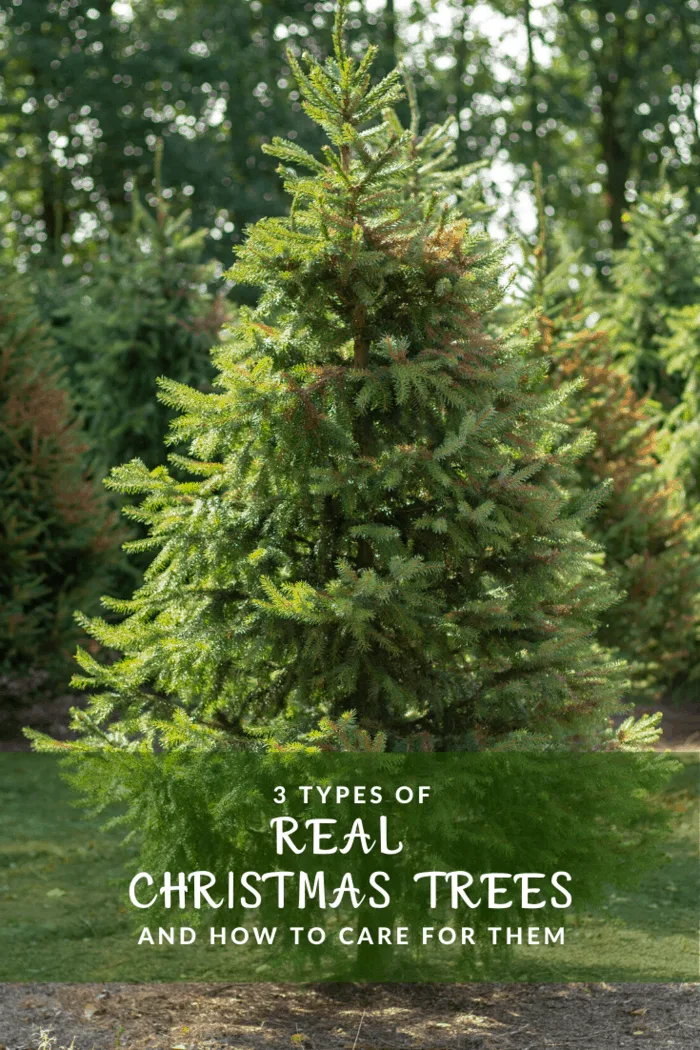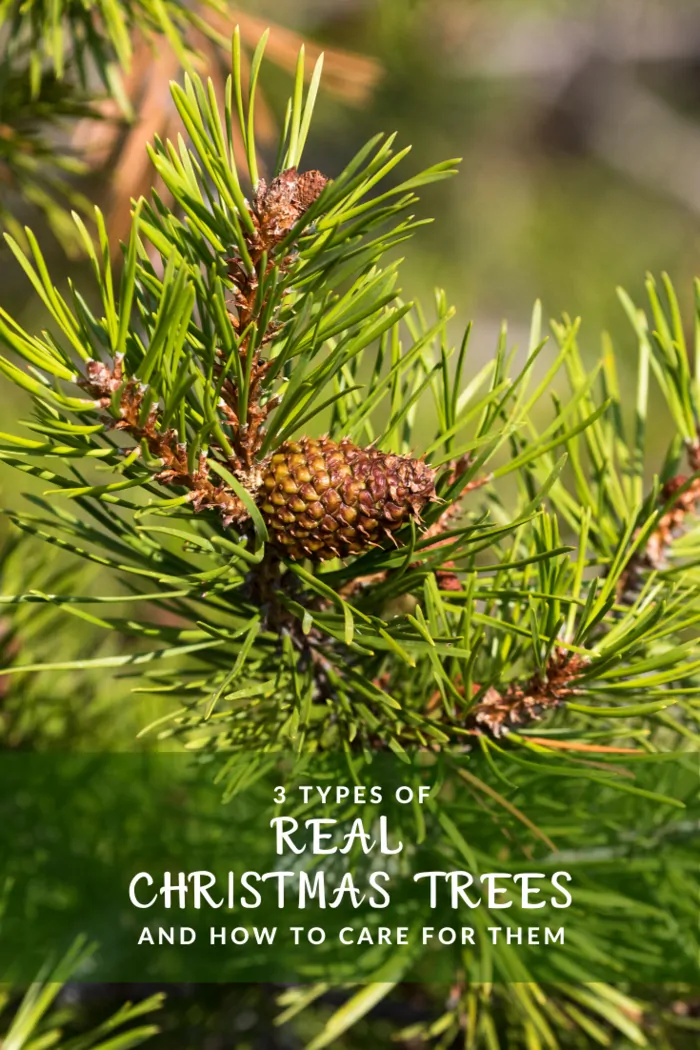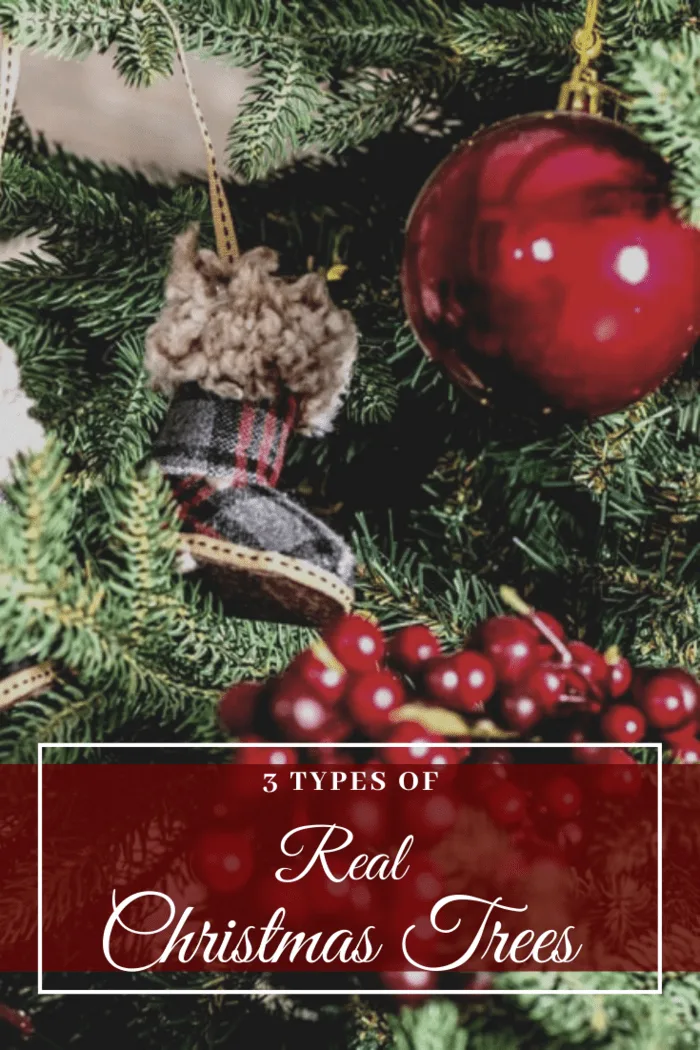Looking for the perfect holiday tree? Discover the best types of real Christmas trees and care tips to keep them fresh all season long! From the fragrant Norway Spruce to the child-friendly Nordmann Fir, find out which tree suits your home and learn expert tips on making it last longer.
Types of Real Christmas Trees and Care Tips
A Holiday Tradition with Deep Roots: The History of Real Christmas Trees
Did you know the tradition of bringing real Christmas trees into our homes dates back to the 1800s? Queen Charlotte, wife of King George III, was the first to introduce this festive custom to the UK. A native of Germany, where putting up a Christmas tree was a cherished tradition, she brought the tradition to Windsor’s Queen’s Lodge. She had a Yew tree adorned with festive decorations, setting the stage for what would become a beloved British holiday tradition.
This tradition, though, actually has roots going back even further. In medieval Germany, people decorated “Paradise Trees,” typically fir trees, with apples to symbolize the Garden of Eden and Adam and Eve’s story. After Queen Charlotte’s passing in 1818, the tradition grew, becoming a hallmark of British Christmas celebrations, with the Victorians adding sweets, candles, and handmade decorations to their trees.
Today, the love for real Christmas trees lives on across the globe, with families cherishing the experience of picking out the perfect tree to bring the holiday spirit into their homes.
Resources: Smithsonian Magazine: 5 Things You Didn’t Know About Queen Charlotte
 Which Trees Are Best to Choose?
Which Trees Are Best to Choose?
When it comes to selecting the perfect real Christmas tree, the process can feel like an exciting holiday ritual. But beyond just shape and size, you might be wondering which type of tree is right for you. Here are three popular choices, each with its unique charm.
Norway Spruce: The Father of Christmas Trees
The Norway Spruce is often considered the quintessential Christmas tree, with its robust and upward-slanting branches. It was one of the most popular choices during the 1950s and is still loved for its traditional look. Known as the “Red Fir” in some regions, this tree boasts an aromatic, woodsy scent that fills your home with the essence of Christmas.
Why Choose the Norway Spruce?
- Strong branches perfect for heavier ornaments.
- Classic, strong spruce aroma, evoking nostalgic Christmas memories.
- Sharp, spikey needles that give it that “real tree” authenticity.
Fun Fact: Did you know the Norway Spruce is the tallest tree in Europe? Some can reach heights over 200 feet! While you won’t be bringing home a tree that large, it’s fun to know you’re in the presence of a mighty species.
How to Care for Your Norway Spruce
The Norway Spruce tends to lose its needles faster than other trees once inside, so it’s best to bring it home closer to Christmas Day. To help prolong its lifespan, water it daily and keep it away from heat sources like radiators. For a longer-lasting option, try finding a mini-dug version where some of the roots are kept intact, helping retain those needles well beyond the holidays.

Nordmann Fir: Europe’s Favorite
If you’re looking for something a little more durable, the Nordmann Fir could be your tree of choice. Named after Finnish botanist Alexander von Nordmann, who discovered this species in the mid-19th century in Georgia, this tree is famous for its long-lasting beauty. It’s particularly popular across Europe for its soft, wide needles that make it an excellent choice for homes with small children.
Why Choose the Nordmann Fir?
- Even shape and soft foliage make decorating a breeze.
- Beautiful, shiny dark green needles with a light blue/white underside.
- Strong branches that can handle large glass ornaments without bending.
The Nordmann Fir is perfect if you want a tree that can stick around for weeks, glowing with holiday spirit. The soft, large needles ensure your kids can help with decorating without getting poked by sharp needles.
How to Care for Your Nordmann Fir
This tree tends to be a bit broader, so make sure you have enough space to show it off properly. For a six-foot tree, leave about five feet of room around it. With regular watering, your Nordmann Fir will maintain its needles and scent all season long.

Lodgepole Pine: The Bushy Giant
The Lodgepole Pine is an impressive tree that thrives in tall, open spaces, thanks to its bushy appearance and long, luscious green needles. Its branches grow upwards, creating a natural, full shape that can easily support your favorite decorations.
Why Choose the Lodgepole Pine?
- Long needles with a bright green color that gives the tree a luxurious, bushy look.
- Excellent needle retention—perfect if you like to decorate early and keep your tree up well into the new year.
- Gorgeous pine scent that fills your home with festive cheer.
How to Care for Your Lodgepole Pine
The beauty of the Lodgepole Pine is that it stays fresh much longer than other trees, making it an ideal choice for early decorators. Just make sure to water it regularly, as it drinks a lot to stay healthy and vibrant. You’ll love how its long needles accentuate all the ornaments you hang.

A Few Tips for Keeping Your Tree Fresh
No matter which tree you choose, there are a few universal tips for ensuring your Christmas tree stays fresh and beautiful throughout the holiday season:
- Water daily: Trees are thirsty and can drink up to a gallon of water each day, especially when they first come inside.
- Avoid heat: Keep your tree away from radiators, fireplaces, or any other heat sources to prevent it from drying out.
- Choose the freshest tree: When buying a pre-cut tree, gently tug on the needles. If they fall off easily, the tree may have been cut too early and won’t last through the season.
Make Your Tree Shopping Experience Special
Ready to bring home your perfect tree? Take your holiday traditions to the next level by checking out this great selection of Christmas trees on Amazon. Whether you’re drawn to the classic Norway Spruce or the lush Lodgepole Pine, you can find exactly what you need to make your holiday season merry and bright.

 Which Trees Are Best to Choose?
Which Trees Are Best to Choose?